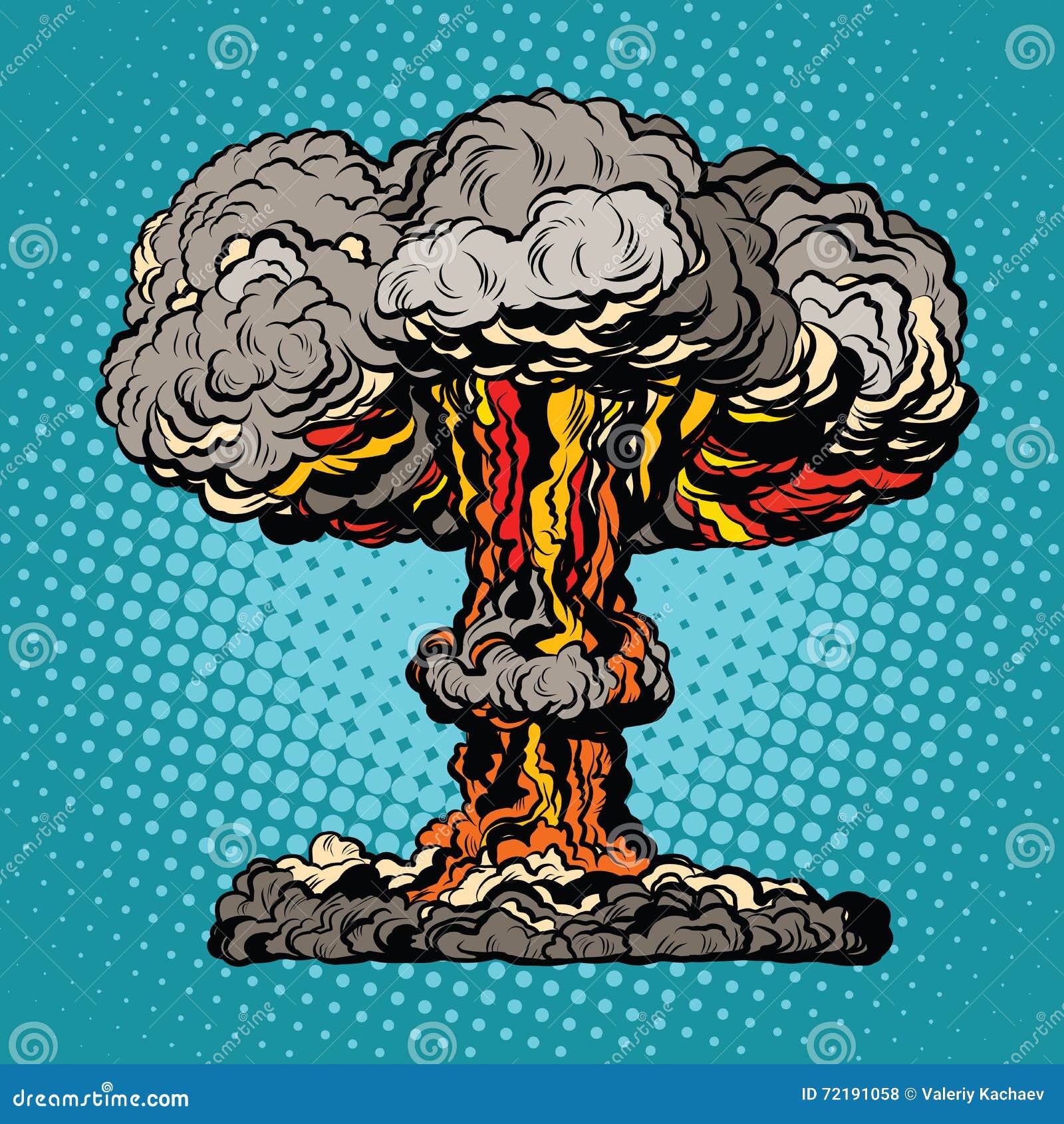

The Fishbowl tests were monitored by a large number of surface and aircraft-based stations in the wide area around the planned detonations and also in the region in the southern hemisphere in the Samoan Islands region, which was known in these tests as the southern conjugate region. Areas of blackout of radio communication needed to be understood in much more detail since that information would be critical for military operations during periods of possible nuclear explosions.The nature of the possible radiation belts that were initially generated along the magnetic field lines connecting the areas of the auroral displays were also poorly understood.

The auroras associated with high-altitude nuclear explosions, especially the auroras that appeared almost instantaneously far away from the explosion in the opposite hemisphere, were not clearly understood.The electromagnetic pulse generated by a high-altitude nuclear explosion appeared to have very significant differences from the electromagnetic pulse generated by nuclear explosions closer to the surface.There were three phenomena in particular that required further investigation: Thus there is a strong need, not only for better instrumentation, but for further tests covering a range of altitudes and yields." These models are too uncertain to permit extrapolation to other altitudes and yields with any confidence. Despite thorough studies of the meager data, present models of these bursts are sketchy and tentative.

Nuclear bloon pop plus#
Government Report ADA955694 on the first successful test of the Fishbowl series, "Previous high-altitude nuclear tests: Teak, Orange, and Yucca, plus the three ARGUS shots were poorly instrumented and hastily executed. The United States completed six high-altitude nuclear tests in 1958, but the high-altitude tests of that year raised a number of questions. Tightrope was the last atmospheric nuclear test conducted by the United States, as the Limited Test Ban Treaty came into effect shortly thereafter. Two low-yield tests, Checkmate and Tightrope, were also added during the project, so the final number of tests in Operation Fishbowl was five. Urraca was finally canceled, and an extensive re-evaluation of the Operation Fishbowl plan was made during an 82-day operations pause after the Bluegill Prime disaster of July 25, 1962, as described below.Ī test named Kingfish was added during the early stages of Operation Fishbowl planning. The proposed Urraca test was always controversial, especially after the damage caused to satellites by the Starfish Prime detonation, as described below. Urraca was to be a test of about 1 megaton yield at very high altitude (above 1000 km.). In order to protect residents of the Hawaiian Islands from flash blindness or permanent retinal injury from the bright nuclear flash, the nuclear missiles of Operation Fishbowl were launched generally toward the southwest of Johnston Island so that the detonations would be farther from Hawaii. Johnston Island was a remote location, more distant from populated areas than other potential test locations. His opposition was motivated by fears that the flash from the nighttime high-altitude detonations might blind civilians who were living on nearby islands. In 1958, Lewis Strauss, then chairman of the United States Atomic Energy Commission, opposed doing any high-altitude tests at locations that had been used for earlier Pacific nuclear tests. Johnston Island had already been established as a launch site for United States high-altitude nuclear tests, rather than the other locations in the Pacific Proving Grounds. The rapid planning of very complex operations necessitated many as the project progressed.Īll of the tests were to be launched on missiles from Johnston Island in the Pacific Ocean north of the equator. Planning for Operation Fishbowl, as well as many other nuclear tests in the region, began rapidly in response to the sudden Soviet announcement on Augthat they were ending a three-year moratorium on nuclear testing. The first test attempt was delayed until June. The Operation Fishbowl nuclear tests were originally to be completed during the first half of 1962 with three tests named Bluegill, Starfish and Urraca. Array of sounding rockets with instruments for making scientific measurements of high-altitude nuclear tests during liftoff preparations on Johnston Island Introduction


 0 kommentar(er)
0 kommentar(er)
